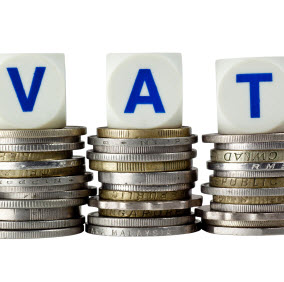
One of the biggest problems envisaged with the MOSS systems is identifying the location of the customer.
It is essential for suppliers to correctly identify the customer’s location/permanent address/usual residence so they can charge the correct VAT rate applicable in that member state.
For most telecommunication, broadcasting and electronically supplied services, it will be obvious where the customer resides. The decision about the place of supply of those services should be supported by two pieces of non-contradictory evidence including credit card details and a billing address for example.
It is anticipated that there will be situations where the consumer’s location is less obvious. As a result, the following rules have been compiled between the Member States to help businesses ascertain the place of supply in B2C TBE transactions.
According to the Irish Revenue website:
• “If the service is provided at a telephone box, a telephone kiosk, a Wi-Fi hot spot, an internet café, a restaurant or a hotel lobby, the consumer location will be the place where the services are provided. Note: this rule applies to the initial service only (i.e. the connection to the telecom or internet service) and not to any over-the-top services delivered using the connection (e.g. downloading of games onto a laptop at a Wi-Fi hotspot);
• If the service is supplied on board transport travelling between different countries in the EU (for example, by boat or train), the consumer location will be the country of departure for the journey;
• If the service is supplied through an individual customer’s telephone landline, the consumer location will be the place where the landline is located;
• If the service is supplied through a mobile phone, the consumer location will be identified by the country code of the SIM card;
• If a broadcasting service is supplied through a decoder without the use of a fixed land line, the consumer location will be where the decoder is located or the postal address where the viewing card is sent.”
In situations where the consumer advises you that he/she resides in a different location than previously thought, the supplier can change the place of supply but only if the consumer can produce three pieces of non-contradictory evidence to support that change of place of supply.
The evidence to be used in deciding the place of supply may vary depending on the industry but the most usual types of proof include the customer’s billing address, the address on his/her bank accounts, the IP address, etc.
In accordance with Circular 230 Disclosure



















Recent Comments